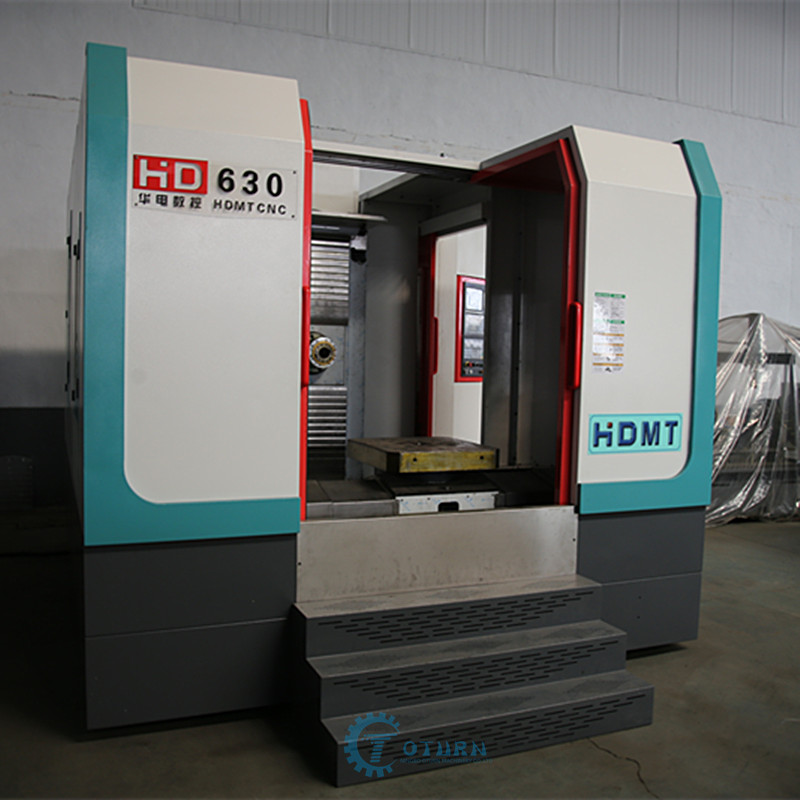Lathes represent some of the oldest machining techniques, but it is still helpful to remember the basics when considering purchasing a new lathe.
Unlike vertical or horizontal milling machines, one of the key features of a lathe is the rotation of the workpiece relative to the tool. Therefore, lathe work is often referred to as turning. Therefore, turning is a machining process used to manufacture circular cylindrical parts. Lathes are usually used to reduce the diameter of the workpiece to a specific size, thereby producing a smooth surface finish. Basically, the cutting tool will approach the rotating workpiece until it starts to peel off the surface when it starts moving linearly along the side (if the part is a shaft) or the entire surface (if the part is a drum).

Although you can still buy manually controlled lathes, few lathes are not controlled by CNC nowadays. When equipped with an automatic tool changing device (such as a turret), a CNC lathe is more appropriately called a turning center. CNC turning centers have a variety of sizes and functions, from simple two-axis lathes that only move in the X and Y directions, to more complex multi-axis turning centers that can handle complex four-axis turning, milling, and milling. Drilling, tapping and deep hole boring—just one operation.
The basic two-axis lathe includes a headstock, a spindle, a chuck for fixing parts, a lathe, a carriage and a horizontal sliding frame, a tool post and a tailstock. Although most lathes have a movable tailstock to support the end of the workpiece, but away from the chuck, not all machine tools are equipped with this function as standard. However, the tailstock is particularly useful when the workpiece is relatively long and slender. In this case, if the tailstock is not used, it may cause “ch crack”, leaving obvious marks on the surface of the part. If it is not supported, the part itself may become thinner because the part may be excessively bent due to tool pressure during cutting.
When considering adding a tailstock as an option for a lathe, not only must pay attention to the currently running jobs, but also pay attention to the future workload. If in doubt, please include the tailstock in the initial purchase of the machine. This suggestion may save troubles and troubles for later installation.
No matter how many motion axes are needed, when evaluating the purchase of any lathe, the shop must first consider the size, weight, geometric complexity, required accuracy, and materials of the processed parts. The expected number of parts in each batch should also be considered.
The common point in buying all lathes is the size of the chuck to accommodate the required parts. For turning centers, the diameter of the chuck is usually in the range of 5 to 66 inches, or even larger. When parts or bars must extend through the back of the chuck, the largest spindle through hole or bar capacity is important. If the standard through hole size is not large enough, you can use a machine tool designed with the “large diameter” option.
The next key indicator is the turning diameter or maximum turning diameter. The figure shows the part with the largest diameter that can be installed in the chuck and can still swing on the bed without hitting it. Equally important is the required maximum turn length. The size of the workpiece determines the length of the bed required by the machine. Please note that the maximum turning length is different from the bed length. For example, if the part to be machined is 40 inches long, the bed will need a longer length to effectively rotate the full length of the part.
Finally, the number of parts to be processed and the required accuracy are the main factors that determine the performance and quality of the machine. High-productivity machines require high-speed X and Y axes, and fast-matched movement speeds. Machines with strict tolerances are designed to control thermal drift in ball screws and key components. The machine structure can also be designed to minimize thermal growth.
Find more insights on purchasing a new machining center by visiting the “Guide to Buying Machine Tools” in the Techspex Knowledge Center.
Robotic automation is turning a task that may be the least favorite of machine operators into a heavy task.
The workshop in the Cincinnati area will install one of the country’s largest vertical turning and milling centers. Although installing a foundation for this huge machine is a difficult task, the company has also built a foundation on other “foundations.”
Post time: May-27-2021






